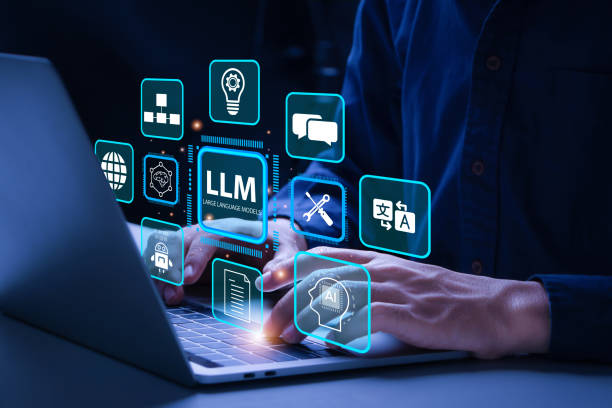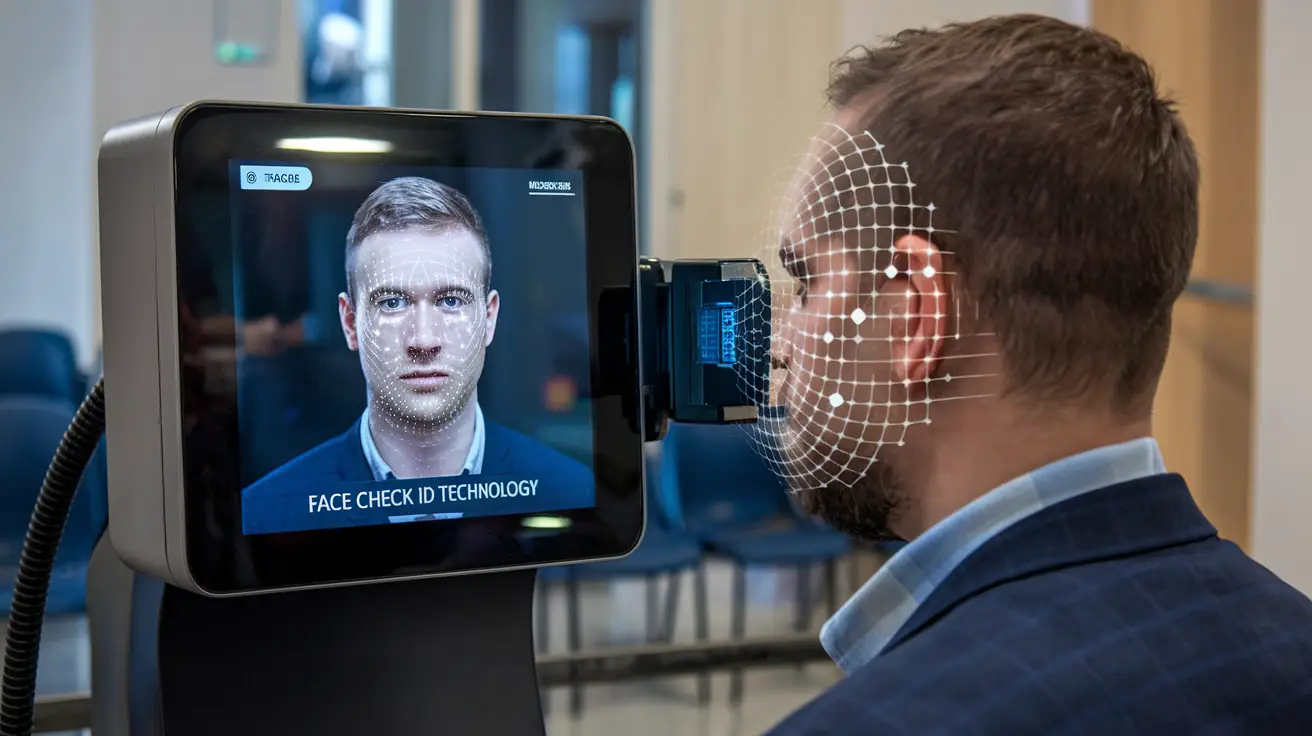How Digital Parking Payment Systems Transform Urban Infrastructure and Efficiency

Cities all over the world are growing quickly, which is making parking a bigger problem. There is a growing need for better parking management and access in cities because of things like traffic jams and slow payment systems. Digital parking payment systems are now an important part of modern urban infrastructure because they make payments faster, reduce traffic, and collect more money.
Through data mining, the Internet the Things, and machine learning, these technologies revolutionize parking spot management and commuter interactions. Cities can plan more efficiently, run more effectively, and be greener with these digital technology. They also simplify government, developer, and commercial tasks.
1. The Effects of Urban Ecosystems on Parking Fees
Using contactless technology instead of coins
Traditional meters accepted cash and paper receipts for parking. Modern electronic payment methods employ NFC and QR codes to process transfers instantly. This is good for drivers and saves city operators money on maintenance and handling cash.
There are more and more smart parking networks that work together
Digital technology can now connect parking garages, lots, and even street spots in a way that is seamless. These interfaces make it possible to improve parking allocation and get rid of inefficiencies in large metropolitan areas by allowing centralized monitoring and real-time data exchange.
Using IoT-enabled sensors to make the most of parking space
Sensors connected to the Internet of Things (IoT) keep an eye on parking spots to see if they are empty and how many cars are parked there. They then send that information to apps that tell cars where to go to find empty spots. Because cars don’t have to drive in circles to find a parking spot, there are fewer traffic jams.
Payment systems that can grow in the cloud
Cloud infrastructure makes sure that parking platforms can grow and be used by everyone. Cities may be able to expand their systems citywide to meet changing demand without having to buy expensive servers on-site.
Data analytics helps cities plan better
Payment and occupancy data can help us better understand the patterns in traffic and parking demand. Cities can better plan zoning, infrastructure projects, and future growth with this information.
Facilitating the movement of people across town
In addition, they may be certain that the adoption of electronic devices will make things simpler for everyone who uses them. They help make cities more accessible by adding features like remote access, voice-enabled payments, and bilingual interfaces. These are helpful for both tourists and people with disabilities.
2. Using automation to make operations as efficient as possible
Making it easier to collect and process payments
Automated payment systems eliminate the possibility of a manual mistake, which results in reduced payroll costs and a reduction in the risk of theft. Digital transactions that happen right away make it easier for city governments to keep track of their money by showing clear income trails.
The addition of multiple payment processors
You can pay with almost any kind of digital wallet these days, even cryptocurrency. This flexibility makes it easier for users and also brings in more clients, even those from other countries.
This lets you keep an eye on parking assets in real time
Operators can keep an eye on the occupancy rates and payment activities of different lots in real time. This openness makes it easier to fix problems like too many people in a room or system errors quickly and makes it easier to make decisions.
Keeping administrative and maintenance costs as low as possible
Taking care of and collecting money from traditional meters is an ongoing process.
Digital alternatives can help you save time and money on administrative tasks and maintenance by automating updates, allowing for remote diagnostics, and giving you access to cloud administration.
Making the enforcement process automatic
AI-powered cameras can issue digital parking penalties to violators. This integration ensures fair enforcement and frees up staff to focus on other important urban management tasks.
Fostering openness and honesty as a principle
Digital tools make sure that every transaction is safe. Users and city officials can both avoid mistakes, fights, and corruption by making payment history public.
3. The Good Effects on the Economy of the Area and the Country
Pushing for more money from parking fees
Preventing revenue leakage may be possible by automating transactions and tracking payments in real time. Cities can put money into their infrastructure because they get money all the time.
Reducing the costs of transactions
Money collection, counting, and transport are expensive in monetary systems. Digital payments reduce administrative costs and provide real-time financial data.
More businesses are doing business in the community
Digital technology that makes parking easier and faster will bring more people to cities. Businesses near parking lots are seeing more foot traffic and repeat customers.
Methods for making dynamic pricing easier
Cities can assess more during peak hours and less in low demand. These types maximize parking space utilization and equilibrium use.
Creating new ways to make money from data
Cities can work with marketers and city planners to figure out how to make money from parking by looking at payment data, which shows how customers behave.
Encouraging individual investors
Public-private partnerships are becoming more popular as investors see that open, tech-driven systems can make money. This draws in money for projects that involve growth and improvement.
4. The Effects on the Environment and Long-Term Viability
Reducing the amount of fuel and pollution
Getting elimination of the need to continually hunt for empty parking places is one of the ways that Internet of Things-enabled parking helps motorists save money on petrol and reduce their carbon emissions. It is possible for us to track the evolution of the city’s air quality over the course of time.
Promoting the purchase of electric vehicles
Adding payments for charging electric vehicles to parking apps is a common digital system that encourages drivers to use cleaner technologies and helps green city projects.
Getting rid of paper in the workflow
Digital parking systems help smart cities reach their environmental goals by getting rid of paper permits and receipts.
Pushing for the use of multimodal transportation systems
Since automobiles, buses, and metros integrate with public transit applications, users may plan whole trips. This combination promotes eco-friendly, shared transportation.
Making the best use of land
Communities may reduce infrastructure needs and free up area for playgrounds and sidewalks by optimizing parking spots in real time.
Keeping up with global environmental goals
Digital parking schemes promote efficient energy usage, fewer emissions, and sustainable cities, supporting global structures like the UN’s Sustainability Goals (SDGs).
5. Problems and Possibilities for the Future
Keeping private information and cyberspace safe
User data must be protected since millions of transactions occur daily. Encryption, API security, and PCI-DSS/GDPR compliance are needed to build confidence.
Learning how to combine old infrastructure with new
A lot of cities still use old meters and do things by hand. To modernize these systems with as little disruption as possible, the changes must be made in stages and partnerships must be formed with digital technology providers.
Getting users to accept
Even while modern technology improve things, some individuals won’t change. User education, simple interfaces, and multilingual support may let more users utilize the product flawlessly.
Keeping track of how well different systems work together
As cities grow, it becomes more and more important for them to connect their parking systems, public transportation networks, and payment gateways. Consistent protocols and open APIs make it easy for cities to connect.
Keeping a good balance between public and private partnerships
There may be worries about governance when public and private IT companies work together. Open contracts and frameworks of shared responsibility make sure that both parties are accountable to each other and that the relationship will last.
Growth in the future thanks to AI and automation
AI will be used more in parking systems for adaptable charging, advanced analytics, and traffic congestion forecasts, helping cities manage parking demands.
6. Smart Parking Systems: A Reason to Spend Money
Cutting costs to get a better return on investment
Digital parking systems give businesses and governments a measurable return on investment (ROI) by cutting down on fraud, lowering labor costs, and making better use of assets. You can grow your business steadily with little or no help from people if you use automation.
Making it easier to scale up by using modular platforms
Cloud-based and modular technologies make it easy to adapt to the needs of cities as they change. This scalability lets operators cover more areas with fewer infrastructure and maintenance costs.
Making smart city cooperation better
Digital parking makes sure that all departments and services work together to achieve smart city goals like reducing pollution, optimizing energy use, and managing traffic.
Making things better for both locals and tourists
Digital receipts, real-time spot tracking, and easy payments can help both public and private parking companies keep customers happy, loyal, and coming back for more.
Making it easier to keep an eye on and take responsibility for data
Automated technologies improve governance by making sure that audit trails are clear. Instead of making guesses, governments could use real information to judge performance, give out money, and make policy choices.
Encouraging new ideas by working with IT companies
Cities and businesses can work together with a logistics software development company that has been around for a while to make digital parking ecosystems that are different for each city and business. They can do this by using cloud computing, artificial intelligence (AI), and the internet of things (IoT).
To sum up
Digital parking payment systems that combine technology, ease of use, and environmental friendliness are changing how cities work. These tools are changing the way cities work by lowering costs, making revenue more clear, and easing traffic. Switching to digital parking is a smart way to improve the city’s infrastructure, not just a way for businesses and governments to modernize.
As communities move toward smart mobility, they need to add digital payment systems to keep growing. It is very important to work with trustworthy tech partners who can guarantee scalability, security, and smooth user experiences in order to build urban ecosystems that are efficient, environmentally friendly, and able to last into the future.










